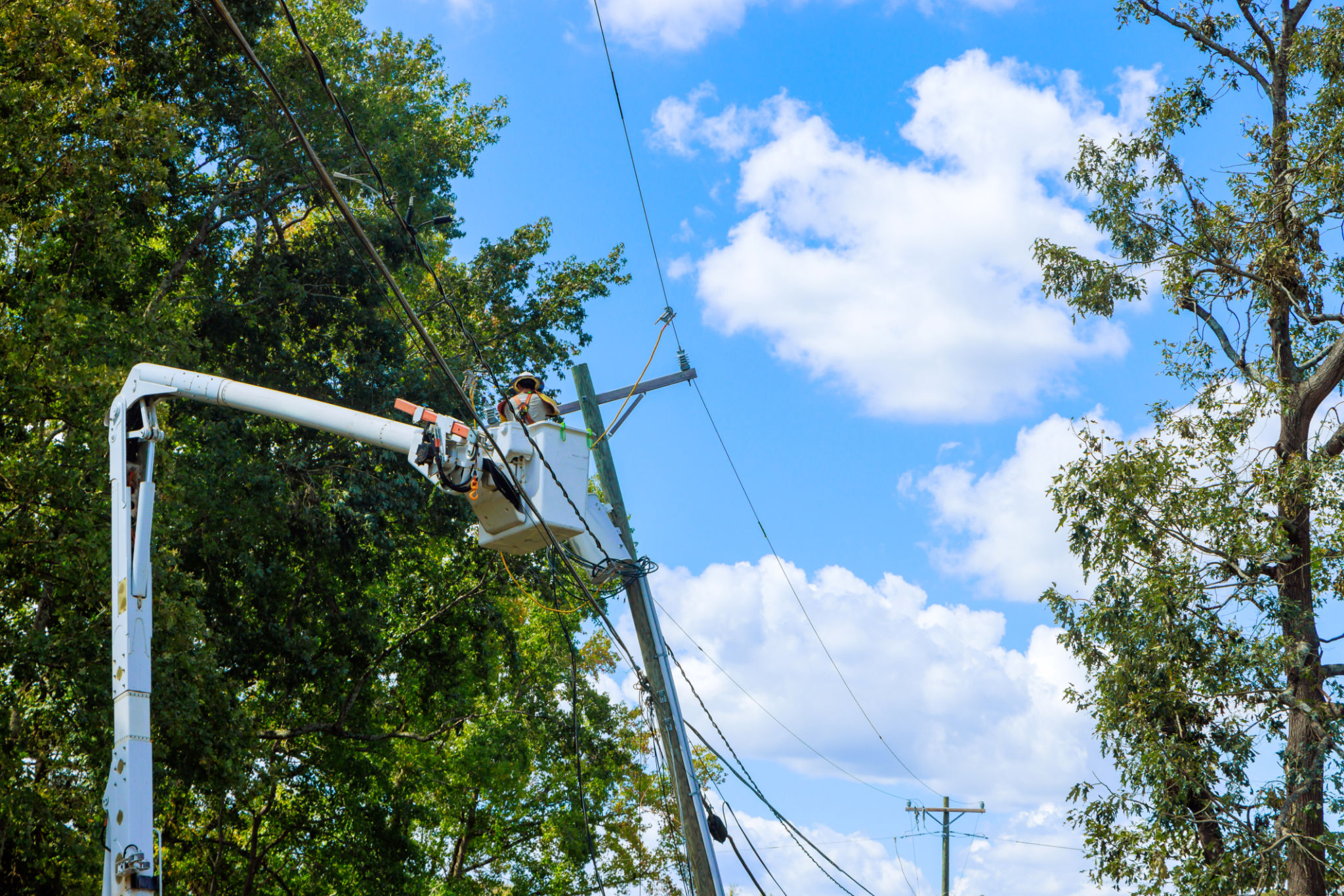Comparing Bird Deterrent Systems: Which Solution is Right for Your Utility Lines?
Understanding the Need for Bird Deterrent Systems
Birds perching on utility lines can lead to a variety of issues, including power interruptions, equipment damage, and even safety hazards. Utility companies often need to implement effective bird deterrent systems to mitigate these problems. However, choosing the right solution can be challenging due to the array of options available. To help you make an informed decision, this post will explore different bird deterrent systems and their suitability for utility lines.

Physical Barriers
Physical barriers are one of the most common types of bird deterrents. These include spikes, wires, and nets designed to prevent birds from landing or nesting on utility structures. Spikes are simple and cost-effective, creating an uncomfortable surface that discourages birds from perching. Wires are thin and often electrified to gently repel birds without causing harm. Nets provide a comprehensive solution by covering larger areas, thus preventing access entirely.
While physical barriers are highly effective, they can be visually intrusive and may require regular maintenance to ensure their efficacy. In areas with harsh weather conditions, these systems may also be prone to damage.
Audio Deterrents
Audio deterrents use sound to keep birds away from utility lines. These systems emit distress calls or predator noises at intervals to scare birds away. The advantage of audio deterrents is that they are non-invasive and do not require physical installation on the utility lines themselves.

However, their effectiveness can diminish over time as birds become accustomed to the sounds. To maintain their utility, it's essential to vary the patterns and types of sounds emitted. Additionally, audio deterrents can sometimes disturb nearby human populations, making them unsuitable for densely populated areas.
Visual Deterrents
Visual deterrents leverage visual stimuli to scare birds away. These include reflective tapes, predator decoys, and laser systems. Reflective tapes shimmer in the sunlight, creating an unpleasant visual effect for birds. Predator decoys mimic natural bird predators like hawks or owls, providing a perceived threat.
Laser systems are relatively new and use beams of light to deter birds. These systems can be particularly effective during low-light conditions. The challenge with visual deterrents is ensuring they remain effective over time, as birds may eventually recognize them as non-threatening.

Chemical Repellents
Chemical repellents are an option for those looking for a non-physical approach. These substances usually come in gels or sprays that create an unpleasant taste or smell for birds. When applied correctly, they can provide a long-lasting solution.
The downside of chemical repellents is that they require careful application to ensure no harm comes to the environment or other wildlife. Additionally, weather conditions such as rain can wash away these substances, necessitating reapplication.
Choosing the Right Solution
Selecting the appropriate bird deterrent system for your utility lines depends on several factors, including the specific bird species you are dealing with, local regulations, and environmental considerations. It's crucial to assess each option's pros and cons and perhaps consult with a professional who can provide tailored advice based on your circumstances.
Ultimately, the best solution may involve a combination of different systems to achieve maximum effectiveness while considering cost, maintenance, and environmental impact.

By understanding the variety of bird deterrent systems available and their respective benefits and limitations, utility companies can protect their infrastructure more effectively while ensuring minimal disruption to both the environment and surrounding communities.